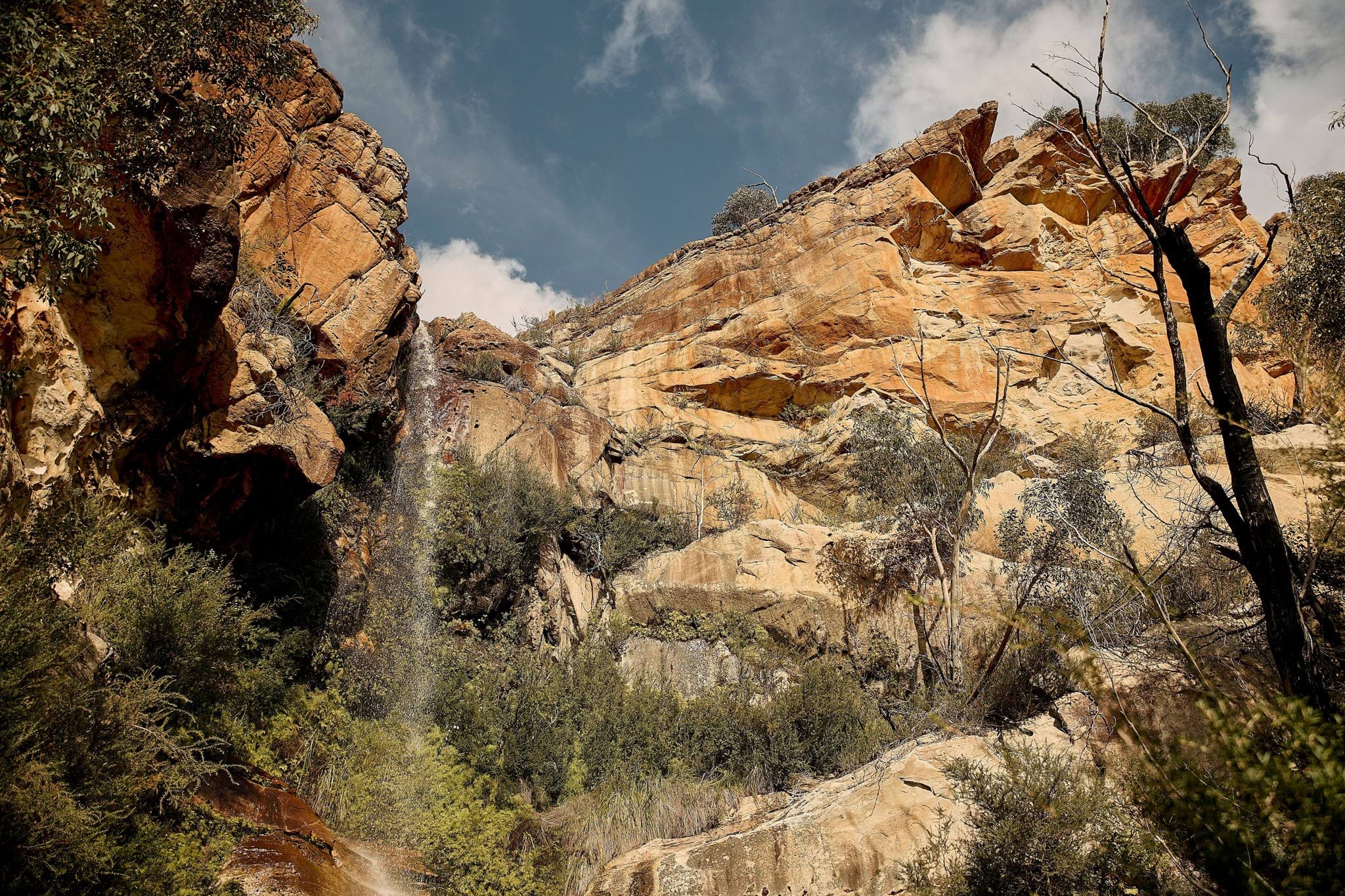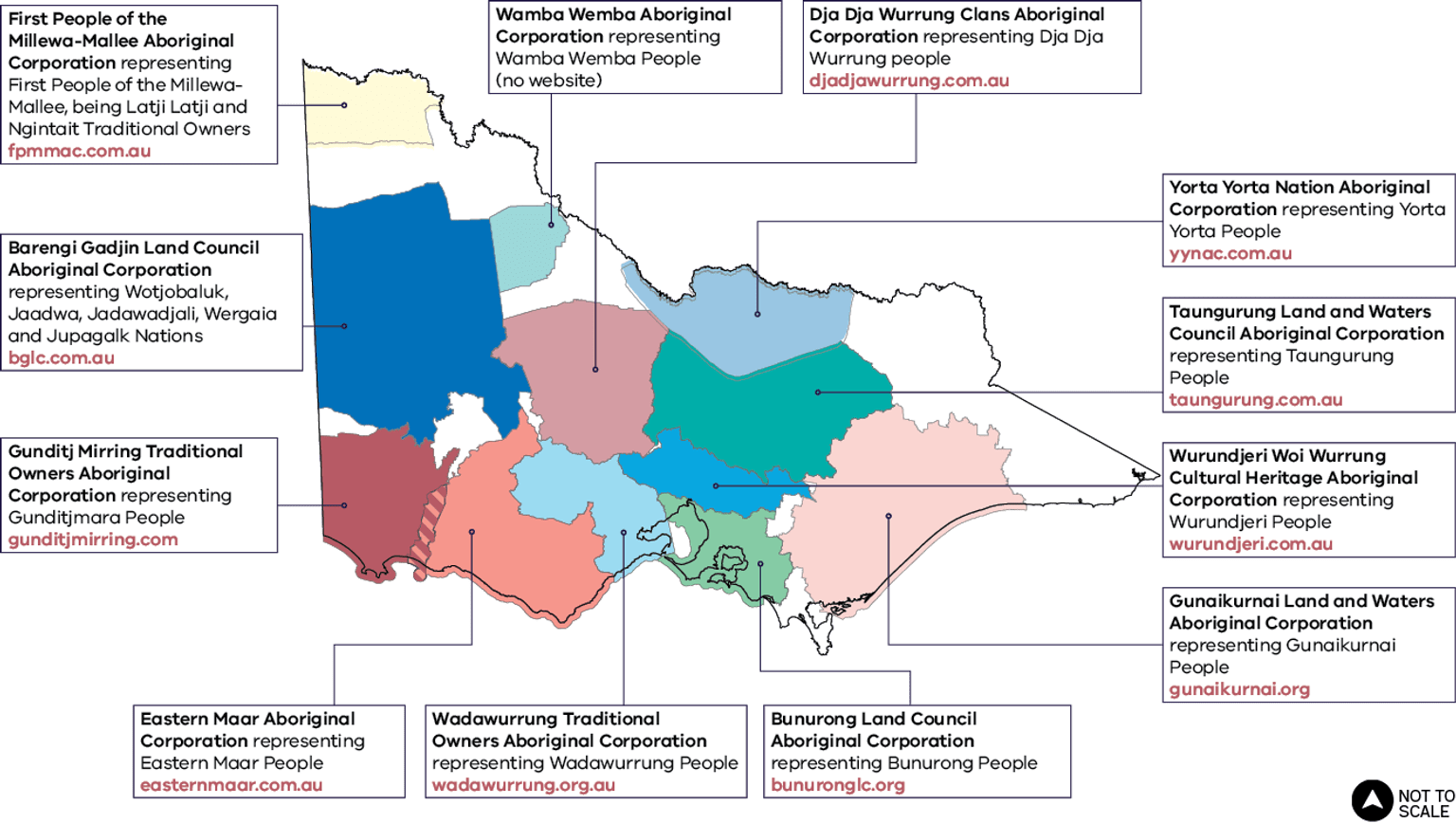This document explains the principles which underpin the Aboriginal Heritage Act 2006, the key parties involved, as well as the tools and processes that protect and manage cultural heritage.
For more information on what Aboriginal cultural heritage is and how we celebrate it see An introduction to Aboriginal cultural heritage in Victoria.
For more information on the two main processes that protect and manage cultural heritage - cultural heritage management plans and cultural heritage permits - see Processes that protect Aboriginal cultural heritage in Victoria.
Introduction
Aboriginal Heritage Act 2006
Aboriginal cultural heritage in Victoria is protected in law by the Aboriginal Heritage Act 2006 (the Act).
The Act creates a system to protect and manage cultural heritage in Victoria.
The Act makes it illegal to harm Aboriginal cultural heritage unless a relevant approval has been received. The Act provides the processes to obtain approvals and the key parties who decide the approvals.
At the heart of the Victorian system is the principle that Aboriginal people have power to make decisions about the protection and management of cultural heritage. This is the principle of self-determination.
Read the full Act and its Regulations.
Self-determination
Aboriginal Victorians have fought for self-determination and their right to make decisions on matters that affect their lives and communities for decades. The Victorian Government enables self-determination by ensuring Aboriginal Victorians are at the heart of decision-making on the matters that affect their lives.
Read about the government’s commitment to self-determination.
Aboriginal cultural heritage
Ancestral Remains
The remains of an Aboriginal person from the past. Victoria’s laws recognise that First Peoples are best placed to care for Ancestral Remains and have the right to lay their Ancestors to rest on Country.
Tangible cultural heritage
Aboriginal places and objects such as rock art, fish traps, scarred trees and stone tools. Physical things that can be seen and touched, and important places where cultural heritage is found.
Intangible cultural heritage
Traditional Aboriginal knowledge including oral traditions, arts, stories, rituals, festivals, social practices, craft, and environmental and ecological knowledge.
Key decision makers in the Aboriginal cultural heritage system
The Act recognises First Peoples as the primary guardians, keepers and knowledge-holders of Aboriginal cultural heritage.
Aboriginal cultural heritage system
Registered Aboriginal Parties in Victoria
Traditional Owners
The Aboriginal Heritage Act 2006 recognises Traditional Owners as “the primary guardians, keepers and knowledge holders of Aboriginal Cultural Heritage.” They are responsible for managing and protecting Aboriginal cultural heritage on Country.
Under the Act, Traditional Owners are Aboriginal people with particular knowledge about traditions, observances, customs or beliefs associated with an area. Under Aboriginal tradition they have responsibility to care for Aboriginal knowledge, places and objects in their area.
Key processes in the Act to protect cultural heritage
The Act makes it illegal to harm Aboriginal cultural heritage unless a relevant approval has been obtained.
Protecting cultural heritage
Other parties in the Aboriginal cultural heritage system
As well as the key decision makers described on previous pages, here are a number of other parties in the cultural heritage system.
Other parties
Other ways the Act protects Aboriginal cultural heritage
As well as the processes already mentioned, the Act sets out other ways of protecting Aboriginal cultural heritage.





